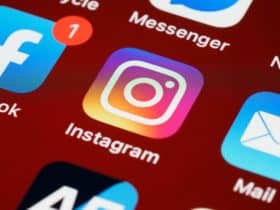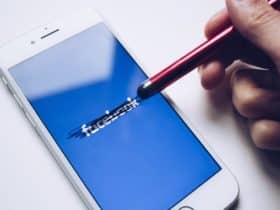In the world of instant communication, emojis have become a significant part of our online discourse. These digital images or icons allow us to express emotion in our texts and social media, bringing a new layer of nuance to how we communicate.
Emojis, derived from the Japanese words “e” (picture) and “moji” (character), first appeared in the late 1990s on Japanese mobile phones. Today, they have evolved into a global language of their own with an ever-growing library of symbols.
Importance of Emojis in Digital Communication
With their ability to convey non-verbal cues, emojis have transformed digital communication. They enable users to express feelings and attitudes more effectively and in a more compact form than words. A single emoji can sometimes express what might otherwise require several sentences.
Understanding Emoji Usage
Emojis are used for various reasons. They can illustrate emotions, clarify messages, soften or emphasize statements, and even replace words entirely. Emojis can help to portray humor, sarcasm, irony, and other nuanced forms of communication that can otherwise be challenging to convey through text alone.
Impact of Excessive Emoji Use
What does it mean when someone uses a lot of emojis? Well, this can be interpreted in many ways. Some may see it as a vibrant and expressive form of communication, while others may perceive it as immature or unprofessional. Importantly, how one interprets an emoji can depend significantly on their cultural background, generational group, and personal attitudes towards digital communication.
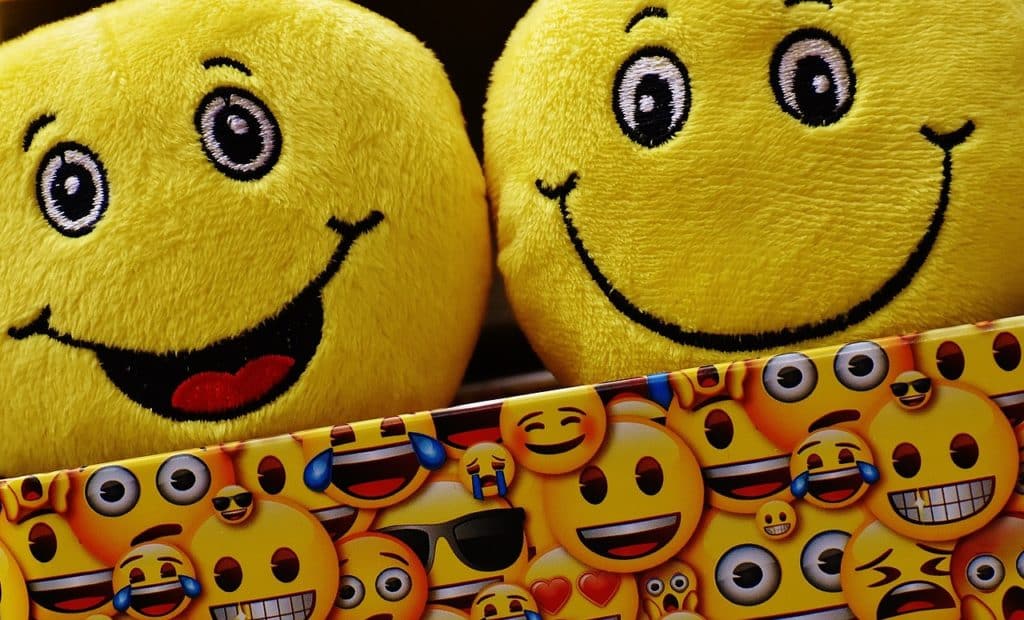
How Emojis Influence Emotional Expressivity
Emojis can serve as digital extensions of our emotional expressivity. Research suggests that emojis can intensify the emotional tone of a message and facilitate empathy in digital communication. However, excessive emoji use may also distort the message’s intent, leading to miscommunication or misinterpretation.
The Connection Between Personality Traits and Emoji Usage
Studies have shown that our emoji use can reflect our personality. For instance, extroverted individuals and those high in emotional intelligence are more likely to use emojis to express their feelings. Conversely, those with more reserved or analytical personality traits may use fewer emojis.
Differences in Emoji Usage Across Cultures
The interpretation of emojis can significantly vary across different cultures. For instance, an emoji that is considered humorous or positive in one culture may be seen as disrespectful or negative in another. Understanding cultural contexts is crucial when communicating with emojis, especially in our increasingly globalized society.
How Different Generations Interpret and Use Emojis
Generational differences also exist in the interpretation and use of emojis. Younger generations, having grown up in a digital world, often use emojis as a primary language of emotional expression. However, older generations may view excessive emoji use as less professional or mature.
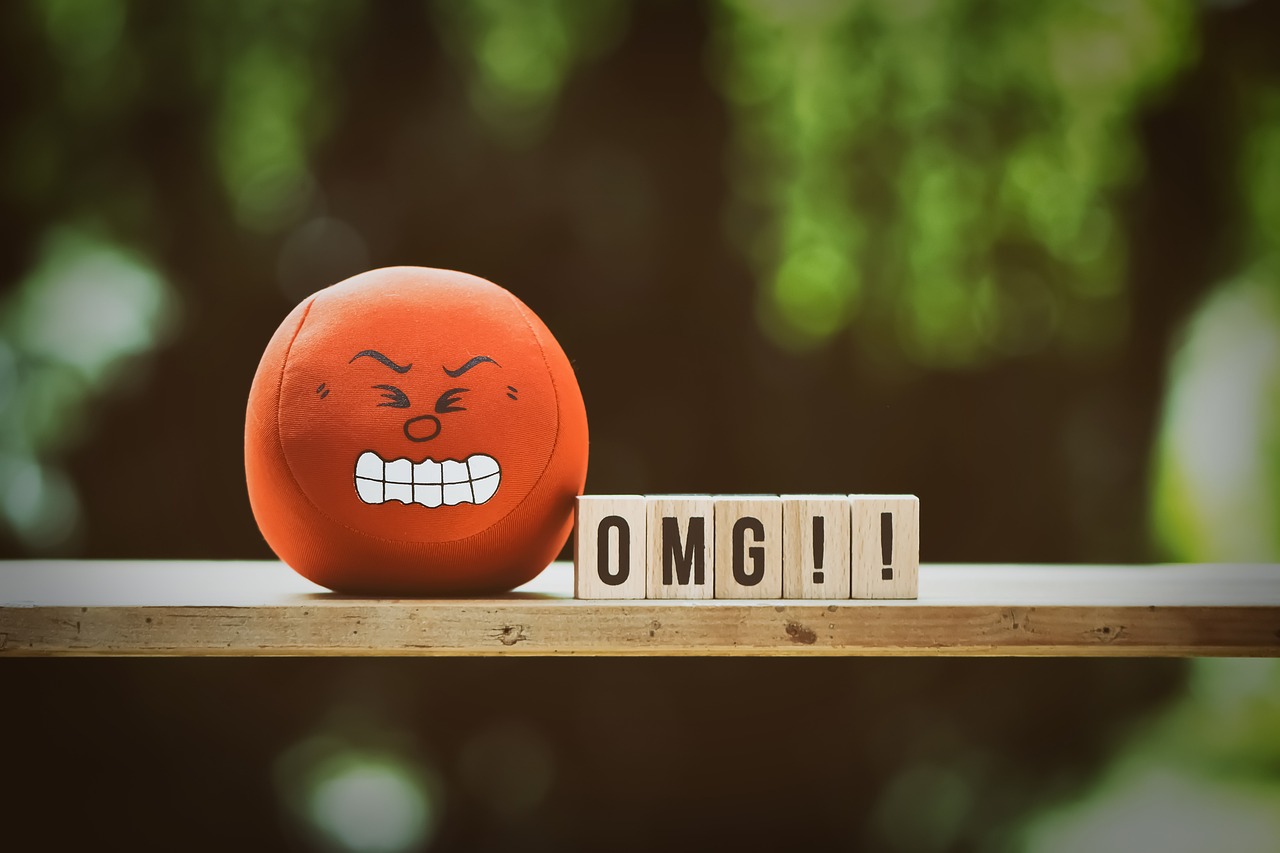
The Potential Pitfalls of Excessive Emoji Usage
Misinterpretation and Miscommunication
The main drawback of excessive emoji use is the risk of misinterpretation. With so many emojis and possible meanings, it can be easy to misinterpret what the sender is trying to communicate. This can lead to confusion, misunderstandings, and even conflicts.
Professional Implications
In a professional setting, excessive emoji use may also come off as unprofessional or inappropriate. While certain emojis can lighten the mood or strengthen relationships, overusing them may undermine the gravity of the conversation or the professionalism of the communicator.
Guidelines for Appropriate Emoji Use
Knowing when and how to use emojis appropriately can significantly enhance your digital communication. Here are a few guidelines:
- Know your audience: Consider the person you’re communicating with and the context. Use emojis that your audience will understand and appreciate.
- Use emojis sparingly: A message riddled with emojis can be difficult to understand. Use them to enhance your message, not confuse it.
- Avoid ambiguous emojis: Some emojis have multiple interpretations. Stick to ones with clear and universal meanings to avoid misunderstandings.
Strategies to Prevent Misunderstanding
- Clarify when needed: If you think an emoji could be misinterpreted, add some text to clarify its meaning.
- Ask for clarification: If you’re unsure about the meaning of an emoji in a message you received, don’t hesitate to ask the sender for clarification.
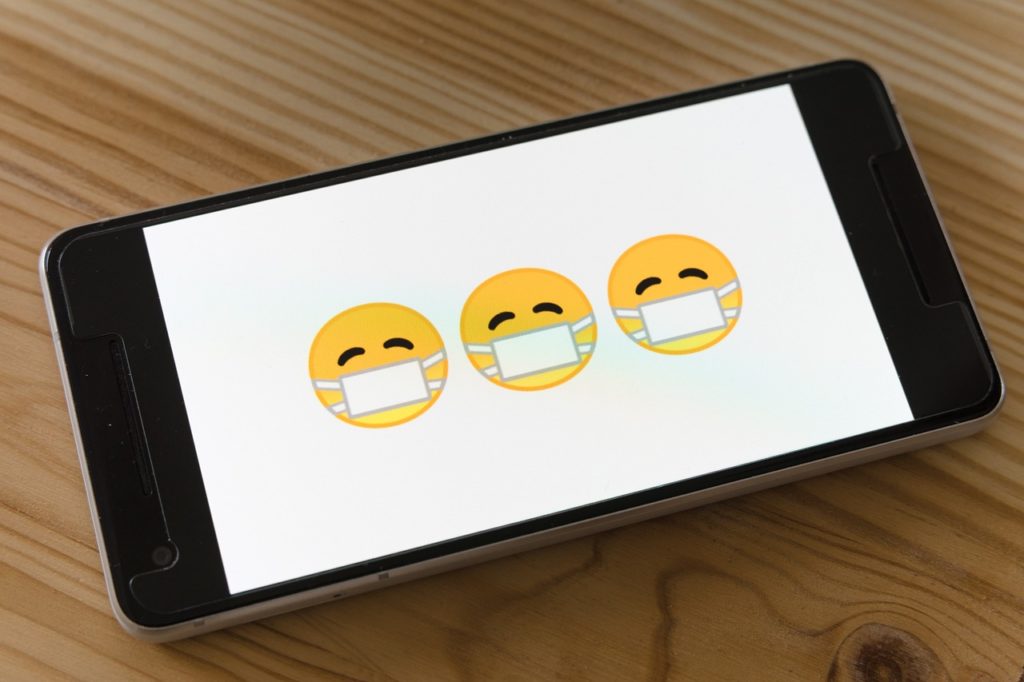
Conclusion
Emojis have undeniably become a significant aspect of our digital communication landscape. They add emotional depth and nuance to our messages, and they allow us to express our feelings in a unique and compact way. However, excessive emoji usage can lead to misunderstandings and may not always be appropriate, especially in professional settings.
The Future of Emojis in Digital Communication
As we move further into the digital age, it is likely that emojis will continue to evolve and play an integral part in our online communication. By understanding the psychology behind emoji use, acknowledging cultural and generational perspectives, and applying strategies to balance their usage, we can harness the power of emojis to enhance our digital expressivity while minimizing potential pitfalls.














